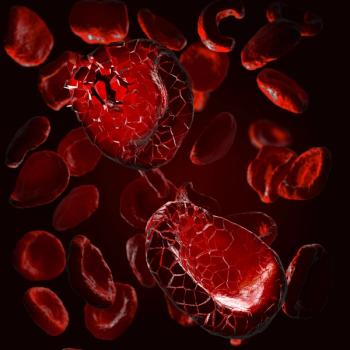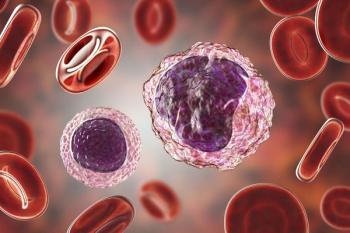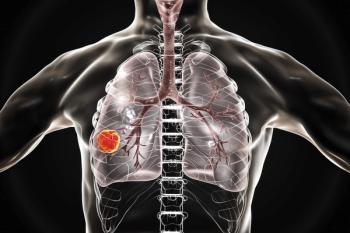
Oncology NEWS International
- Oncology NEWS International Vol 17 No 3
- Volume 17
- Issue 3
New study may restore faith in CAD mammography
A new study based on nearly a quarter million mammograms suggests screening mammography with computer-aided detection is more sensitive than double reads. The findings contradict a key study published last year questioning CAD's effectiveness. CAD's potential for yielding too many false positives remains controversial. Radiologists argue its misuse drives up recall rates and, with them, the number of unwarranted biopsies and overall mammography costs.
A new study based on nearly a quarter million mammograms suggests screening mammography with computer-aided detection is more sensitive than double reads. The findings contradict a key study published last year questioning CAD’s effectiveness. CAD’s potential for yielding too many false positives remains controversial. Radiologists argue its misuse drives up recall rates and, with them, the number of unwarranted biopsies and overall mammography costs.
CAD came under close scrutiny after a study published in The New England Journal of Medicine last year (Fenton et al: 356:1399-1409, 2007) concluded the technology could worsen the interpretation of mammograms instead of improving it.
A study published online by Matthew Gromet, MD, section chief of breast imaging at Charlotte Radiology in North Carolina, could fan the flames again. Charlotte Radiology performed double reads of all screening mammograms until 2003, when it shifted to single reading with CAD. Dr. Gromet reviewed screening mammograms interpreted at the institution from 2001 through 2005 to cover both time periods evenly.
The study compared single reading, with and without CAD, and double reading in correlation to biopsy data. It found that CAD enhanced the sensitivity of single readers with only a small increase in the recall rate. Findings will be published in print in the April issue of the American Journal of Roentgenology.
“As a large single-institution program with relative consistency of methods, patients, radiologists, and data collection, we believe that results from our experience before and after CAD implementation could provide additional evidence about the usefulness of this technology,” Dr. Gromet said.
He retrospectively reviewed 231,221 screening mammograms interpreted at Charlotte Radiology by nine experienced mammographers between January 2001 and December 2005. Mammographers double-read 112,413 studies (48.6%), while 118,808 (51.4%) were single-read with CAD.
The first interpretation of the double-reading process yielded a recall rate of 10.2%, he said. Sensitivity and positive predictive value (PPV) were 81.4% and 4.1%, respectively, while the biopsy-confirmed cancer detection rate was 4.12 per 1,000.
After the second read, the recall rate and sensitivity jumped-to 11.9% and 88%, respectively-as did the cancer detection rate (to 4.46 per 1,000). The benefit came at the expense of 140 additional biopsies, however, resulting in a drop in PPV to 3.7%.
Single-reading with CAD yielded a recall rate of 10.6%, sensitivity of 90.4%, PPV of 3.9%, and cancer detection rate of 4.20 per 1,000.
CAD increased the sensitivity and recall rate, compared with single interpretation without CAD, and reduced the recall rate, compared with double reading. All of these findings were significant (P < .0001).
A randomized study comparing double reading with single reading with CAD would provide the optimal assessment of the two strategies, he said.
“With staffing and cost constraints limiting the use of double reading in the United States, CAD appears to be an effective alternative that provides similar, and potentially greater, benefits,” Dr. Gromet said. “Based on a historical methodology similar to that used by Fenton et al, our study had fewer variables and yielded different results.”
Articles in this issue
almost 18 years ago
Recentin headed to phase III in first-line colon caalmost 18 years ago
Topo 2 alpha test FDA approvedalmost 18 years ago
RFA provides sustained pain relief in osteoid osteomaalmost 18 years ago
Renal ca surgery often determined by doctors’ practice stylealmost 18 years ago
Partial nephrectomy underutilized for small renal tumorsalmost 18 years ago
Most older men with early-stage cancer can avoid treatmentalmost 18 years ago
SERM reduces ADT side effectsalmost 18 years ago
New serum biomarker appears to detect colon canceralmost 18 years ago
Hypofractionated IMRT does not increase sexual side effectsalmost 18 years ago
Surface mapping aligns patients for external beam PBINewsletter
Stay up to date on recent advances in the multidisciplinary approach to cancer.


















































































